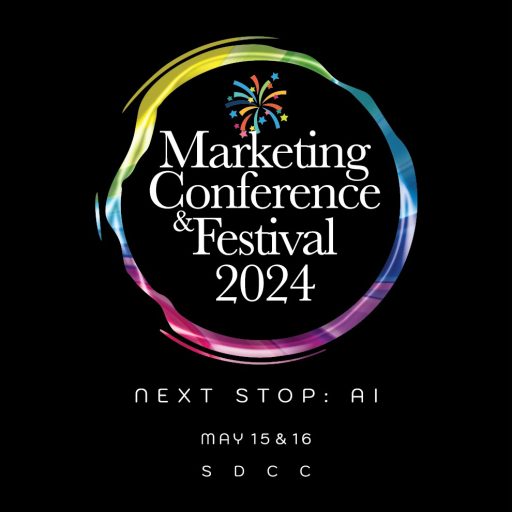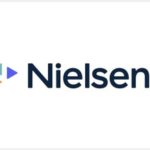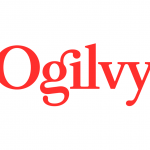Are you reaching your audience directly through mobile apps? If not, there is a whole new digital market that remains, literally, untapped.
Content consumption is nearly universal on mobile devices in 2019, especially on apps. From Instacart to Waze, apps capture the attention of billions on a daily basis.
Three of every four users not only say their phone is useless with apps, but default to using apps when they’re bored. Access to these app users is easily unlocked for mobile marketers, who have access to targeting capabilities that other advertising forms do not.
The prevalence of in-app marketing is currently the biggest shift in the digital marketing industry especially in the rapidly growing Asian marketplace, and any brand or company not taking advantage could fall behind fast.
In an era of short attention spans, in-app advertising can attract consumers’ undivided attention in ways that billboards, television commercials, and radio segments cannot.
Rewarded video ads trade users’ attention for an in-app reward, native ads integrate seamlessly into apps’ interfaces, and prioritised listings and branded promotions get products in front of potential consumers without being instantly tuned out like traditional marketing formats. Additionally, in-app ads tend to be the only ad on a user’s screen when they are shown.
Generally, audiences’ favourite apps are the ones they use most frequently. Audience networks help advertisers gain instant credibility by reaching consumers on the apps they actually use the most, rather than guessing or generalising based on less-specific data.

By positively associating their brand to a potential customer’s favorite apps, marketers gain a leg up on competition trying less-refined target methods that reach digital audiences on the wrong apps and websites.
There is already proof that in-app audiences are the most valuable players to advertisers. They cost far less to reach than their desktop counterparts, while clickthrough rates for apps more than double those of the other major platforms.
The fastest-growing app category right now is shopping, showing that purchasing decisions are happening more and more on mobile devices.
Even if advertisers can’t always reach users on other companies’ apps, this trend only drives home that apps and the shopping process are now interconnected.
When it comes to finding the apps that will end up hosting others’ brands and companies’ advertisements, social media networks are also doing a lot of the work. Facebook, LinkedIn, and Twitter have their own audience networks that advertisers can utilise to expand their reach, and Snapchat is reportedly developing an audience network of their own right now too.
Outside social media, Google and demand-side platforms also connect advertisers and monetised apps (apps where external ads can be placed) with available inventory. Today’s marketing experts have no shortage of ways to put content in front of those most likely to consume it.
Mobile apps also offer the most precise data that can be optimised to reach users. Mobile device IDs ensure ads can target any app on a specific individual’s phone rather than just the web browser app.
Hyperlocal geotargeting lets location-specific advertisers, like event promoters or restaurants, only target people in a physical location close to or relevant to the product being sold.
Developments like Pocketmath’s AppGraph even empowers advertisers to target users based on the apps they already have and use.

The term “customer relationship” is used frequently in 2019, but apps open up whole new strategies for marketers to reach their audiences at the right time and place to provide them an advertising experience that will provide the highest chance of a conversion and ultimate return on investment.
The digital marketing space can be overwhelming and imperfect. Users may find ways to block or filter in-app ads, while others may gradually avoid apps that serve ads from outside companies.
But a trip into any coffee shop, salon, or food court will show an all-too-familiar scene of potential consumers on their phones scrolling, liking, and engaging with mobile content.
Society has become app-reliant, and marketing strategies should act accordingly.
source: http://www.marketingtechnews.net
MARKETING Magazine is not responsible for the content of external sites.
The Malaysian Marketing Conference & Festival 2024 at the Sime Darby Convention Centre is a TWO-day marketing event for all those in Marketing, Media, Advertising, PR, Digital, Data, and more….
The experience is on May 15 & 16, with Keynote Speakers, multiple tracks or Breakaway Sessions hosted by our booth partners who will show you the latest in the industry.











